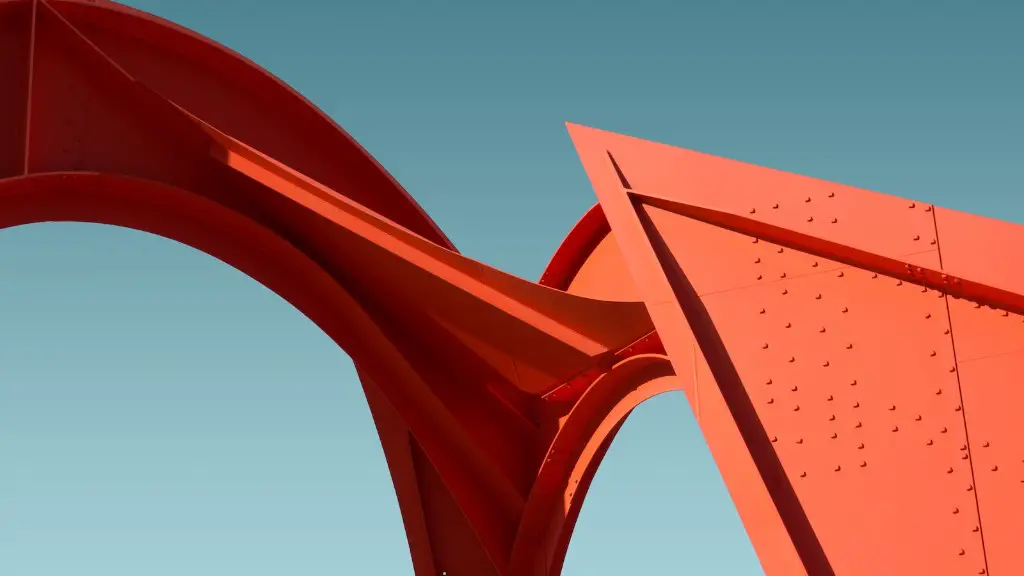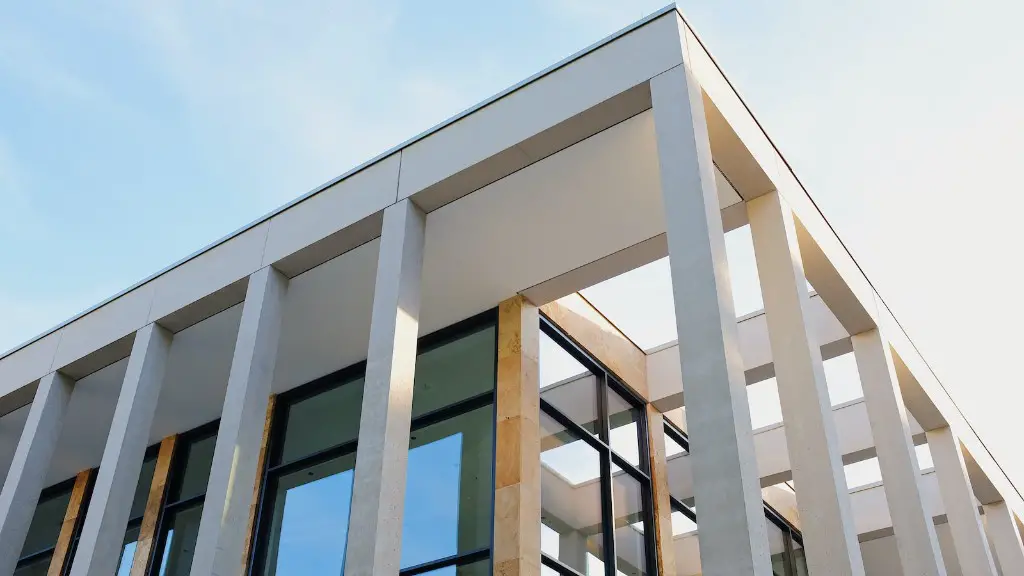This is a very broad topic, but in short, the AUTOSAR (Automotive Open System Architecture) is a standardized automotive software architecture that allows different electronic control units (ECUs) within a vehicle to exchange information and work together.
The AUTOSAR architectural framework provides a standard for the development and deployment of automotive software applications. It is a automotive software platform that enables the development of reusable and interoperable software components for automotive applications. The AUTOSAR framework defines the interfaces between software components and the underlying hardware platform.
What is the use of autosar architecture?
Automotive open system architecture (AUTOSAR) is the leading solution for automotive software platforms. The framework enables the efficient development of embedded application software that supports tasks surrounding basic automotive functions in the context of vehicle system development.
AUTOSAR is a standardized solution that enables the development of automotive software that is portable across different hardware platforms. The AUTOSAR framework provides a well-defined interface between the application software and the underlying hardware. This makes it possible to develop and deploy automotive software on a wide range of hardware platforms.
The AUTOSAR framework is based on a modular approach. This enables the development of software modules that can be reused in different applications. The modular approach also makes it possible to update the software modules without affecting the rest of the system.
The AUTOSAR framework is supported by a wide range of tools and services. These tools and services enable the development, testing, and deployment of AUTOSAR-compliant software.
The AUTOSAR framework is an open standard. This means that the specification is available to all interested parties. The AUTOSAR framework is developed and maintained by a consortium of automotive manufacturers and suppliers.
AUTOSAR (Automotive Open System Architecture) is an open and standardized automotive software architecture. It was founded in 2003 by a consortium of automotive companies and suppliers. The consortium members include BMW, Bosch, Continental, Daimler, Ford, GM, Hyundai, Jaguar Land Rover, PSA, Renault, Toyota, Volkswagen Group, and Volvo Group.
The AUTOSAR standardizes the interfaces between application software and basic vehicular functions. It establishes a common ECU software architecture for all the AUTOSAR members. This helps in reducing the development cost and time of automotive software.
What are the three pillars of AUTOSAR
The AUTOSAR layered architecture is offering all the mechanisms needed for software and hardware independence. It distinguishes between three main software layers which run on a Microcontroller (µC): application layer, runtime environment (RTE), and basic software (BSW). The AUTOSAR architecture provides a well-defined interface between these software layers and the hardware. This makes it possible to replace the hardware or software components without affecting the other parts of the system.
The AUTOSAR methodology defines the sequence of steps/activities to develop an AUTOSAR system. Nevertheless, the implementation of a software component is more or less independent from ECU configuration. This is a key feature of the AUTOSAR methodology.
What is AUTOSAR in simple terms?
AUTOSAR is a development partnership of automotive interested parties founded in 2003. It pursues the objective to create and establish an open and standardized software architecture for automotive electronic control units (ECUs).
AUTOSAR is a software development initiative that establishes standardized interfaces for automotive software components. AUTOSAR shares coding rules with MISRA C++, and many are based on other C++ coding standards. So, AUTOSAR delivers the most comprehensive coverage of the C++ language.
How many layers are in AUTOSAR?
The Controller Area Network (CAN) is a system for networking vehicles and control systems. It is divided into three sub layers namely the Services layer, ECU (Electronic Control Unit) abstraction layer, and the Microcontroller Abstraction Layer (MCAL). The MCAL is a software module that abstracts all the upper layers (the application layer and the BSW) from the Microcontroller. This enables the upper layers to be independent of the hardware and makes the system more modular.
There are several key differences between Classic AUTOSAR and Adaptive AUTOSAR. The most notable difference is that Classic AUTOSAR is defined in a signal level, while Adaptive AUTOSAR is defined in a service manner. This means that Classic AUTOSAR is static in nature, while Adaptive AUTOSAR offers “planned dynamics” both in application deployment, as well as communications and resources.
Other key differences include the following:
Classic AUTOSAR uses a physical bus, while Adaptive AUTOSAR uses an abstracted bus
Classic AUTOSAR uses an Event-triggered Harmonization Layer, while Adaptive AUTOSAR uses a Service-triggered Harmonization Layer
Classic AUTOSAR offers a deterministic real-time behavior, while Adaptive AUTOSAR offers a non-deterministic real-time behavior
Classic AUTOSAR uses a centralized management model, while Adaptive AUTOSAR uses a decentralized management model
Classic AUTOSAR uses a centralized security model, while Adaptive AUTOSAR uses a distributed security model
What are the different layers of Autosar architecture
AUTOSAR is a layered architecture. The application layer is the top layer. The runtime environment (RTE) is the layer below that. The basic software (BSW) is the bottom layer.
The AUTOSAR (“Automotive Open System Architecture”) initiative was launched in 2003 with the aim of standardizing the way electronic control units (ECUs) are configured and programmed in vehicles. The initiative is overseen by a partnership of automotive manufacturers, suppliers and other companies.
The “Core Partners” of AUTOSAR are the BMW Group, Bosch, Continental, Daimler, Ford, General Motors, the PSA Group, Toyota and the Volkswagen Group. These companies have been instrumental in developing the AUTOSAR standards and ensuring their adoption by the automotive industry.
What are the pros & cons of AUTOSAR?
AUTOSAR has many advantages that make it an attractive option for software development, including the ability to share software between different companies and the ability to reuse software components. Additionally, the basic software architecture is layered, which helps ensure consistency of interfaces and interoperability. Finally, design flexibility is increased, which can lead to reduced cost and development time.
AUTOSAR provides a standardized way of communication between ECUs, which means that ECUs from different manufacturers can communicate with each other regardless of the underlying differences in hardware. This makes it unnecessary to maintain a custom standard of communication, and makes it easier for OEMs and Tier1s to develop and maintain ECUs.
How do you implement AUTOSAR
In order to establish an AUTOSAR design, you need to define RIMBs in ARBMT packages to implement atomic SWC types. RIMBs are used to create RIMBOs, which are typed by RIMBs in atomic SWC types. The ports of the RIMBOs are connected to the ports of the SWC types via AR-to-RHP delegation connectors. Finally, you need to generate ARXML and implement the AUTOSAR SWC component.
Autosar watchdog manager is not compatible with Linux systems. This is because watchdogs are not allowed to shut off a Linux system.
What are the modules in AUTOSAR?
An AUTOSAR Communication Stack typically has its modules organized in three sub-layers of the Basic Software Layer: the Services Layer, the ECU Abstraction Layer, and the MCAL.
The Services Layer contains the stack’s high-level communication services, such as TCP/IP and UDP. These services provide a consistent interface for application software, regardless of the underlying hardware or software.
The ECU Abstraction Layer contains drivers for specific hardware, such as CAN or FlexRay. These drivers provide a common interface for the communication stack, regardless of the underlying hardware.
The MCAL contains the low-level drivers for the communication stack. These drivers are specific to the underlying hardware and provide direct access to the hardware.
A job description is a document that specifies the expectations, responsibilities, and requirements for a particular job. It is used by employers to help them identify potential candidates for a position. It can also be used by employees to help them understand what is expected of them in their role.
In the automotive engineering field, a job description may include expertise in boot loaders, schedulers, and automotive diagnostic services. The ability to extract software product specifications from vehicle specifications is also often required. Candidates for this type of role must be able to interact with OEMs systems engineers and set up environments for simulating use cases similar to Tier one and OEM test benches.
Does Ford use AUTOSAR
As an automaker, Ford has a lot of expertise in developing operating systems and tech stacks. The company uses QNX, Autosar and Linux to develop its own operating system and tech stack. The automaker builds on top of that OS with middleware from its internal software team. This allows Ford to have a lot of control over its technology and keep its vehicles up-to-date with the latest technology.
Autosar Engineer salaries in India range from 38 Lakhs to 136 Lakhs, with an average annual salary of 70 Lakhs. This is a great salary for an engineer in India, and it is a good career choice for those interested in the automotive industry.
Conclusion
The AUTOSAR architecture is a standardized software framework for automotive electronic control units (ECUs). The architecture defines the interfaces between hardware and software components in a vehicle, as well as the relationships between those components. It is designed to promote interoperability between different ECUs and to allow easy updates and additions to vehicle software.
The AUTOSAR architecture is a standard for the design of automotive software that enables the reuse of software components across different vehicle models. The AUTOSAR architecture is based on a standardized set of software interfaces that allow different software components to interoperate. The AUTOSAR architecture is designed to address the challenges of the automotive software development process, such as the need for high software quality, the need for timely software development, and the need for efficient development processes.





